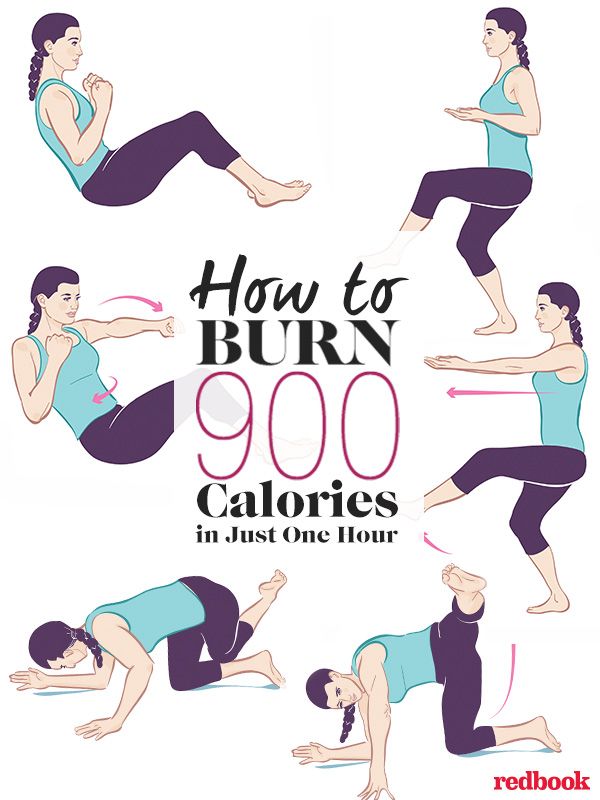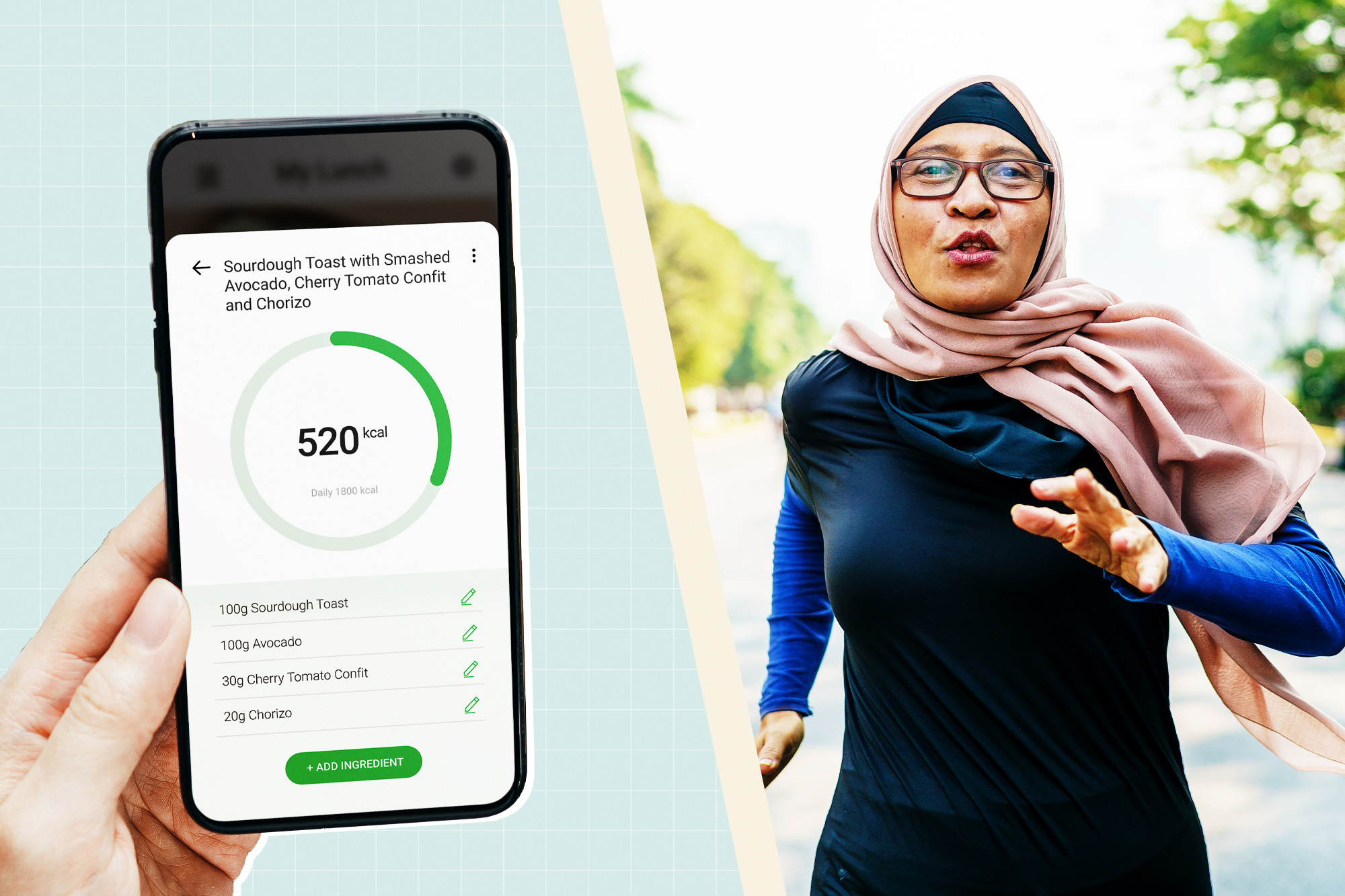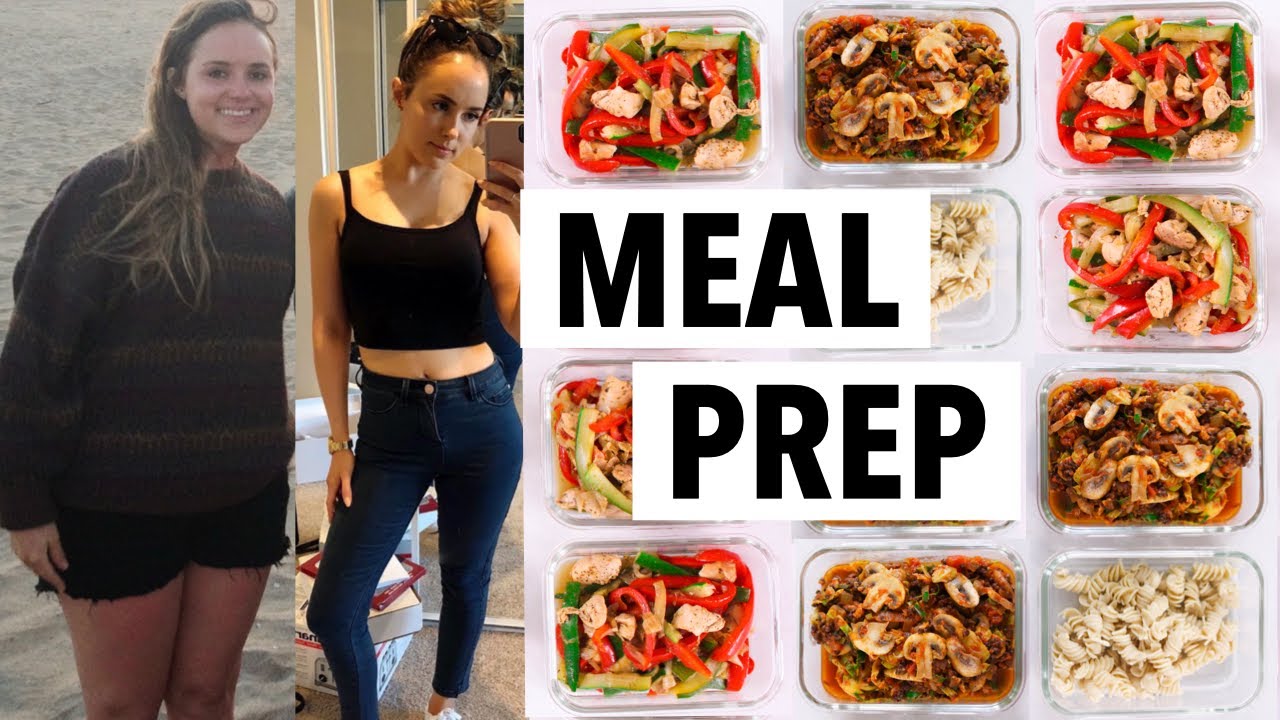
In this article we'll discuss some of the foods that are known to burn fat. They include Phytochemicals. Fizzy drinks. Lean meat. Monounsaturated and fatty acids. Are they really that effective? It depends. Continue reading to learn more. Monounsaturated and phytochemical fatty acids offer many health benefits. Fizzy drinks and lean meats are some of the best fat-burning foods.
Phytochemicals
Phytochemicals, which are compounds found in foods or herbs that have health-promoting effects, are substances that can be found within food and herbal products. Some of these chemicals have been scientifically researched, while others aren't. The best way to reap the full benefits of phytochemicals is to eat a variety of fruits, vegetables, and other foods. But what exactly is a "phytochemical"? What are its primary benefits and how can they be of benefit to you?
Monounsaturated oils
Monounsaturated fats make up the majority of fats in meats and fish. Flaxseed oil and safflower oils, however, are rich in monounsaturated fatty acids. Other sources of monounsaturated fat include avocados, hazelnuts, and pumpkin seeds. Olive oil, peanut oil, and most nuts are also rich sources of monounsaturated fat.
Fizzy drinks
Diet soda and fizzy drinks contain artificial sweeteners and aren't good for you. These sweeteners increase insulin levels, which are responsible for fat storage. These sweeteners also trigger taste receptors which can lead to feeling hungry and unsatisfied. Because these chemicals are harmful to your health, your body produces internal fat to prevent them from reaching vital organs. What's more, diet sodas and fizzy drinks are not healthy either, and can even cause health problems.

Lean meat
Consuming lean meat means that it has lower calories than other types. This is because different cuts of beef contain less fat. For example, a single ounce top round steak will have fewer calories that a single ounce ribeye steak. This is because it has only 83 calories per ounce and three grams of saturated oil. There are lean beef products available that contain 95 percent or more lean.
Avocados
Avocados are an avocado-rich diet that can help you lose weight. Avocados are a good choice for weight loss because they send signals to the brain to reduce your appetite and to release stored fat. Avocados are high in potassium and vitamin E. They can help you retain energy, prevent weight gain and high blood sugar levels. They're also low calories, making them an ideal food to add into a diet.
Cannellini beans
Cannellini bean's nutritional value is not the only benefit. They are also high in vitamins and minerals such as folate, iron, calcium, and iron. Among other nutrients, these beans are loaded with fiber, which helps control appetite and regulates blood sugar levels. Half a cup of cannellini beans has approximately 68 calories. This makes it a great snack choice for dieters. Also, you will feel fuller sooner after eating this nutritious food.
Blueberries
Research has proven that blueberries can help fight heart disease and metabolic syndrome. According to a University of Michigan Cardiovascular Center study, laboratory rats fed blueberry enriched food (equivalent to 2%) showed improvements in all areas other than body fat. They showed improvements in blood glucose, triglycerides and cholesterol levels as well as insulin sensitivity. Blueberries are rich in phytonutrients such as anthocyanins or flavonoids. Anthocyanins, a type of phytonutrient, are known to help protect the body against degenerative diseases.
Grapefruit
Grapefruit is rich in antioxidants and fiber, which may help you lose weight. Researchers believe that this fruit regulates insulin levels, which may lead to weight reduction. High in fibre, grapefruit can boost your metabolism and reduce your appetite. You can also try eating half a grapefruit before a meal to reduce belly fat. Apples make a great healthy snack. Their pectin helps to prevent fat absorption. These delicious fruits are best eaten raw, however they are great added to salads.

Eggs
Eggs are high-protein and great for burning calories. One large egg contains around 13 grams of protein, which is about 26% of an adult's daily protein requirement. Protein is also more thermogenic than fat. Your body needs more energy in order to digest and process it. Regular consumption of eggs can help you lose weight quickly. Also, eating protein-rich foods can help increase metabolism and reduce appetite, helping you burn more calories.
Green tea
Researchers have discovered that green tea can boost the production of fat-burning hormones. The main antioxidant in green-colored tea is epigallocatechin gallate (EGCG). This inhibits the enzyme that reduces norepinephrine. It is a hormone responsible for fat metabolism. This causes the body to lose more fat. Your body will then release fat, and your muscles cells will use it to generate energy.
FAQ
What should I eat when I fast intermittently to lose weight
Cutting out carbs is the best way to lose weight. This means avoiding bread, pasta, rice and potatoes as well as other carbohydrate-based foods.
Also, you should avoid eating too many protein as it can make you feel fuller for longer. This will ensure that you don't feel hungry as frequently.
Focus on foods rich in healthy fats like olive oil, avocado, nuts and seeds. These foods help keep you satisfied for hours after eating them.
It's vital that you get enough water. Water can help you lose fat by keeping you hydrated.
You may find that you actually crave these foods when you fast. But that doesn't mean you have to give in to those cravings. If you do that, you may gain more weight then you lose.
In order to prevent eating too much, limit the amount you eat during the day. If you feel hungry, drink water and not reach for another snack.
It may sound counterintuitive but this has been shown to help you lose weight. According to a study published in Obesity, participants consumed fewer calories if they drank plain water rather than sugary beverages.
Plain water was also shown to reduce hunger. Don't drink sweetened beverages if your goal is to lose weight. Stick to water.
You don't have to eat every calorie or avoid certain foods if you are trying to lose weight. Instead, you should make small lifestyle changes.
For example, you can start by swapping your usual breakfast sandwich for a bowl of oatmeal. Alternately, you can swap your afternoon cookie with a piece de fruit.
These simple swaps can add up over time to help you shed excess weight without spending hours in your kitchen.
What amount of exercise is necessary to lose weight?
Many factors influence how much exercise is needed to lose weight, such as age, gender, body size, and weight. However, generally speaking, most people need at least 30 minutes of moderate physical activity five days per week.
The American College of Sports Medicine recommends 150 minute of moderate-intensity aerobic activities per week. These should be done over three days.
For example, if you want to lose 10 pounds, aim to do 300 minutes of moderate-intensity exercise each week. This includes activities such as brisk walking, swimming laps, biking, dancing, playing tennis, golfing, hiking, jogging, running, and other similar activities.
Consider doing 20 minutes of vigorous exercise thrice a week if you are just starting out. This could be lifting weights, sprinting, jumping rope, and fast walking.
Aerobic exercise also helps burn calories and build muscle mass. Muscles burn more calories than fat. So building muscle while losing weight may help you achieve your goal faster.
What Weight Loss Can You Expect In One Week?
Your current bodyfat percentage determines the amount of weight you will be able to lose. To begin, you need to determine how much weight that you would like to lose. Next, find your BMI (Body Mass Index). Your BMI tells us how much weight you should lose in order to achieve this goal. If your BMI is 25 or greater, you're overweight. If your BMI is 30 or higher, you're obese.
For example, if you weigh 200 pounds, your BMI would be calculated at 28.7. To get to a healthy weight range, you'd need 70 pounds of weight loss. To see if you're overweight, visit www.healthyminds.com/bmi/.
This formula can be used to calculate how many pounds you will lose each week once you have determined your BMI.
(Your Goal Weight - Current Weight)/BMI * 7 Number Of Pounds Lost Per Week
To lose 50lbs in a month you will need 2 weeks worth of exercise. This equals 56 days. Then, divide that by 7 pound per day. This works out to 8.3 lbs per week.
You could also try this calculator from www.weightlosscalculator.net. It gives you a rough estimate of how many calories you should eat daily to lose 1 pound per week.
How often do people fast?
Most people who adhere to a ketogenic lifestyle fast only once per week. But, some people fast twice per week. Others fast three or more times per week.
Every fast is different. Some people fast 24 hours, while others fast 48 hours.
Some people go on for more than 72 hours. But, such extreme cases are rare.
Statistics
- One 6-month study showed that simply doing 11 minutes of strength-based exercises 3 times per week resulted in a 7.4% increase in metabolic rate, on average. (healthline.com)
- One study in 9 active men found that HIIT burned 25–30% more calories per minute than other types of exercises, including weight training, cycling, and running on a treadmill (18Trusted Source (healthline.com)
- A 12-week study in 20 women with obesity found that walking for 50–70 minutes 3 times per week reduced body fat and waist circumference by an average of 1.5% and 1.1 inches (2.8 cm), respectively (healthline.com)
- Among women, the increase in metabolic rate was nearly 4%, or 50 more calories per day (14Trusted Source (healthline.com)
External Links
How To
How to Intermittent Fasting
Intermittent Fasting is a method of dieting where you only eat one meal per week, typically Monday through Friday. The goal is to decrease your overall calories and still get adequate nutrition. It's believed that this helps burn fat faster than if you were eating normal meals throughout the entire week.
The most common form IF is to reduce calories on specific days. This would mean that you skip breakfast each morning, and then eat whatever food you like throughout the day. You could also choose three small meals instead of two large meals per day.
Many forms of intermittent fasting are available, such as alternate day fasting (5/2 fasts), 8/4 fasts and 16/8 fasts. There are pros and con's to every type of intermittent fasting. Alternate Day Fasting is the easiest to begin because you don’t have to make significant changes in your life. But, there are some people who find it hard to follow such a strict schedule. These people might prefer to try different methods.
I recommend alternate-day fasting if you're starting an intermittent fasting regimen. This will allow your lifestyle to be gradually altered while you transition into more extreme fasting.